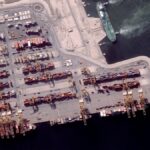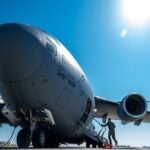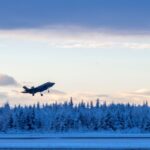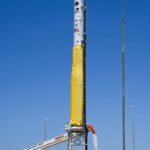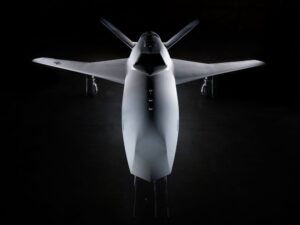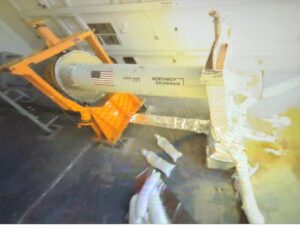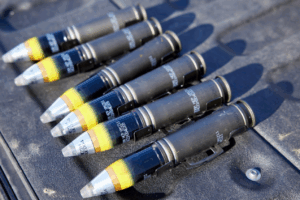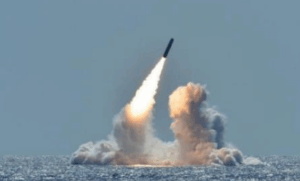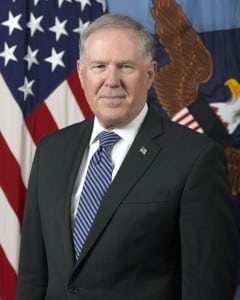
The Army is leading a study with Air Force participation to examine the protection of air bases from a wide rang of threats, Air Force Secretary Frank Kendall said on Wednesday. The cost-to-defeat equation is critical, he said. “What we need in particular, is a highly cost-effective way to engage those cruise and ballistic missiles and those hypersonics, and there are some promising technologies and development which we think have potential to do that,” Kendall said at a House Armed…

 By
By 